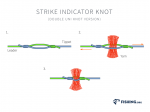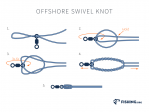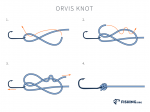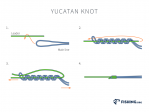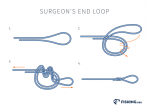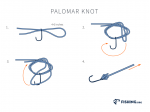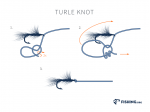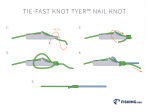Loop To Loop Knot

Loop To Loop Knot
Knowing how to tie good knots is vital if you want your experience as a fly angler enhanced. It is the first step into catching more if not big fish. Nonetheless, it will enable you to set up your equipment faster and maximize the fishing time. One such knot that you should know is the loop to loop knot. Store bought fly lines nowadays come with already made loops for quick interchanging when need arise. However, sometimes when you are out of the water, you can waste lots of time trying to keep loops together. This is why learning how to tie a loop to loop knot is important. It isn't a knot but merely a technique of interconnecting two loops together. It is commonly referred to as interlocking loops. However simple the method is, there is one setback that could make everything go wrong. Sometimes a loop might fold the inappropriate way, which will make the line not to hold firmly. A loop-to-loop knot is powerful if tied the right way. The system is the most efficient and the most practical for the connection of backing and other lines that also have different diameters. It is effortless to make the interlocking loops considering the quickness of connecting them with the proprietary, pre-made loop fly lines. All one needs to do is to tie a loop at the end of a leader being attached, it can either be an end loop, a surgeon's loop, and a perfection loop among others, then employ the loop-to-loop knot to join both lines.
Below are instructions on how to make the Loop to Loop Knot:
Step 1:
Take one loop line in one hand and the other, the leader butt section with another loop in your other hand.
Step 2:
Slip the line loop through the other loop in the leader's tail section.
Step 3:
Grope for the end of the head and pass it via the line loop. Pull the two lines in the directions to draw them closer together. You know you are doing the right thing when the two loops form a shape like a handshake with an interlocking connection that moves naturally and flexes, to allow the energy of your cast to be smoothly be transferred from the line to the leader. While doing this, you should ensure that the loops join end to end without one of them folding back to form a girth hitch.
 Carla Arbuckle
Carla Arbuckle 
